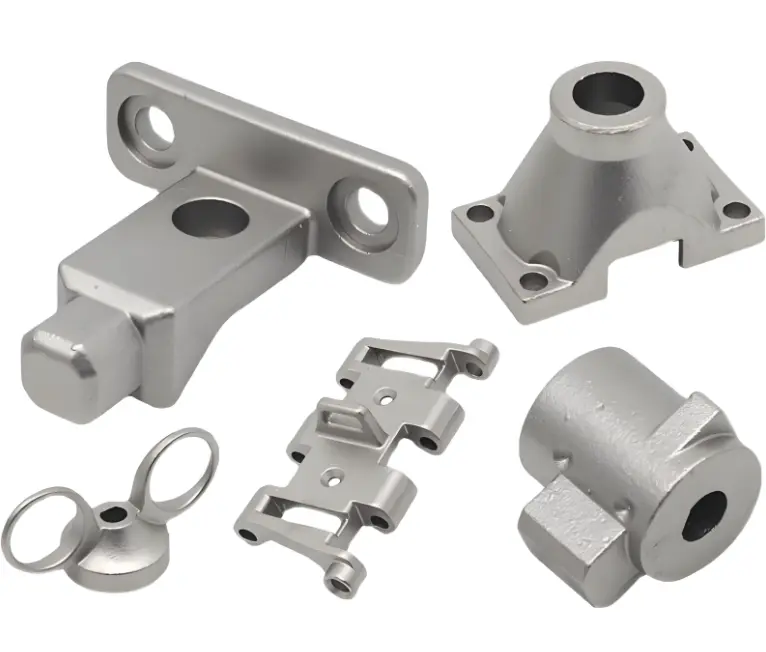Steel is a type of metal material, and different steels have different properties. Carbon steel and stainless steel are two common types of steel, and they differ significantly in many aspects. Here’s a detailed comparison of them:
1. Composition and alloy content
Carbon steel: Mainly composed of iron and carbon. Depending on the carbon content, carbon steel can be divided into low carbon steel (C<0.25%), medium carbon steel (C0.25-0.6%) and high carbon steel (C0.6-1.25 %), where low carbon steel has good ductility and toughness, while high carbon steel is very hard but relatively more brittle.
Stainless Steel: In addition to iron and carbon, it must also contain at least 10.5% chromium. Chromium is a key element in the corrosion resistance of stainless steel. It reacts with oxygen to form a dense chromium oxide layer to protect the steel from corrosion. In addition, elements such as nickel, molybdenum, and manganese may be added to stainless steel to improve its overall performance.
2. Appearance and gloss
Carbon steel: gray in color and relatively rough in surface, requiring additional surface treatment (such as plating, coating) to improve its corrosion resistance.
Stainless steel: It has a bright silver appearance, smooth surface and good gloss. Stainless steel’s corrosion resistance allows it to maintain its appearance without the need for additional surface treatments.
3.Performance characteristics
3.1 Strength and hardness: Carbon steel has high strength and hardness, especially high carbon steel, which is suitable for manufacturing structural parts and tools that bear larger loads. The strength and hardness of stainless steel are relatively low, but its strength can also be improved by adding alloy elements.
3.2 Corrosion resistance: Stainless steel has excellent corrosion resistance and can be used for a long time in harsh environments such as moisture, acid and alkali without rusting. Carbon steel has poor corrosion resistance and is prone to rust in humid and oxygen-rich environments.
3.3 Wear resistance: Carbon steel has high wear resistance, especially high carbon steel, which can resist wear and maintain shape well. Stainless steel has relatively low wear resistance, but it can withstand the wear and tear of daily activities.
3.4 Ductility: Stainless steel has better ductility, mainly because it contains higher elements such as nickel, which have good ductility. Carbon steel has poor ductility, especially high carbon steel, and is prone to embrittlement.
3.5 Weldability: Carbon steel has good welding performance and is suitable for various welding methods. Stainless steel is more difficult to weld, and special welding processes are required to prevent embrittlement in the heat-affected zone.
4. Price
Carbon steel has simple ingredients and is easy to obtain, and its price is relatively low. The price of stainless steel is higher, mainly because its alloy composition and production process are more complex.
5.Application
Carbon steel is widely used in construction, machinery, automobiles, ships and other industries, and is suitable for manufacturing bridges, building structures, pipes, tools, etc.
Stainless steel is widely used in food processing, chemical industry, medical equipment, building decoration and other fields, such as making kitchen utensils, medical equipment, chemical containers, etc.
conclusion
We hope that you can make a reasonable choice between carbon steel or stainless steel based on the characteristics of the above two steel materials and the requirements of the use environment. For example, if you are a home cook, you can use stainless steel that does not rust but is less sharp, and if you are a professional chef, it is better to choose stronger carbon steel.





